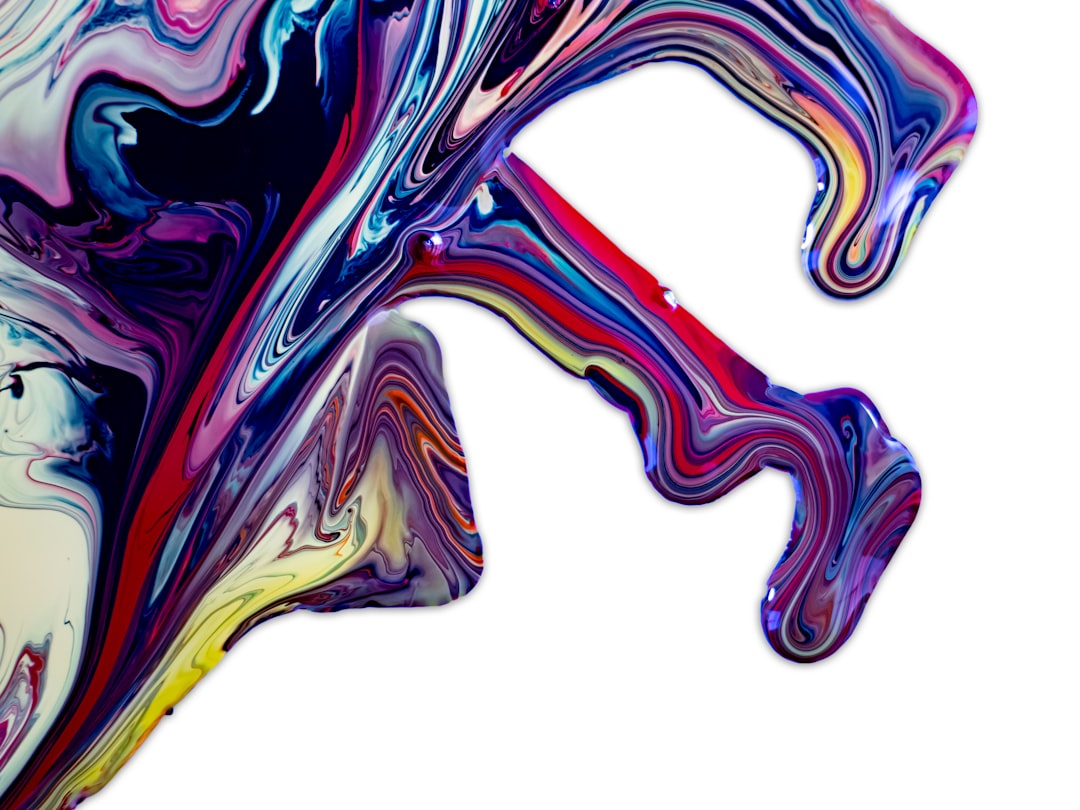Digital art has become increasingly popular in recent years, with the rise of technology allowing artists to create stunning and innovative works using computers and software programs. This medium has completely revolutionized the art world, blurring the lines between traditional and digital forms.
One of the most significant impacts of digital art is its accessibility. Unlike traditional art forms such as painting or sculpture, which require expensive materials and physical space to create and exhibit, digital art can be created on a computer or tablet with relatively low costs. This has opened up a whole new world of possibilities for aspiring artists who may not have had access to traditional art supplies or formal training.
The ability to create and share digital art online has also democratized the art world, allowing artists to reach a global audience with the click of a button. Social media platforms such as Instagram and Pinterest have become virtual galleries for digital artists to showcase their work and connect with other artists and art lovers. This has led to a new era of collaboration and inspiration, with artists able to easily share techniques and ideas with one another no matter where they are located.
Another key impact of digital art is its versatility and flexibility. Unlike traditional art forms that are fixed in physical form, digital art can be easily edited, manipulated, and adapted to suit the needs of the artist. This has allowed artists to experiment with new styles and techniques, pushing the boundaries of what is possible in the art world.
In addition, digital art has also had a profound impact on traditional forms of art. Many artists are now incorporating digital techniques into their traditional practices, blurring the lines between the two mediums. For example, painters may use digital software to enhance their compositions or add effects to their work, while sculptors may use 3D modeling programs to create digital prototypes before creating physical sculptures.
The rise of digital art has also sparked debates about the value of traditional art forms in a digital age. Some argue that traditional art forms such as painting and sculpture are in danger of becoming obsolete in the face of digital advancements, while others believe that traditional art will always have a place in the art world. However, many artists are finding ways to combine the two mediums, creating hybrid works that blend traditional techniques with digital technologies.
Despite its many benefits, digital art also presents its own set of challenges. As the art world becomes increasingly saturated with digital content, it can be difficult for artists to stand out and make a name for themselves. Additionally, issues of copyright and ownership can arise in the digital realm, as it is often easy for others to copy and reproduce digital works without permission.
Overall, the rise of digital art has had a profound impact on the art world, blurring the lines between traditional and digital forms and opening up new opportunities for artists to explore and create. While digital art may pose challenges for traditional forms, it also offers exciting possibilities for collaboration, experimentation, and innovation. As technology continues to evolve, it will be interesting to see how digital art continues to shape and influence the art world in the years to come.

